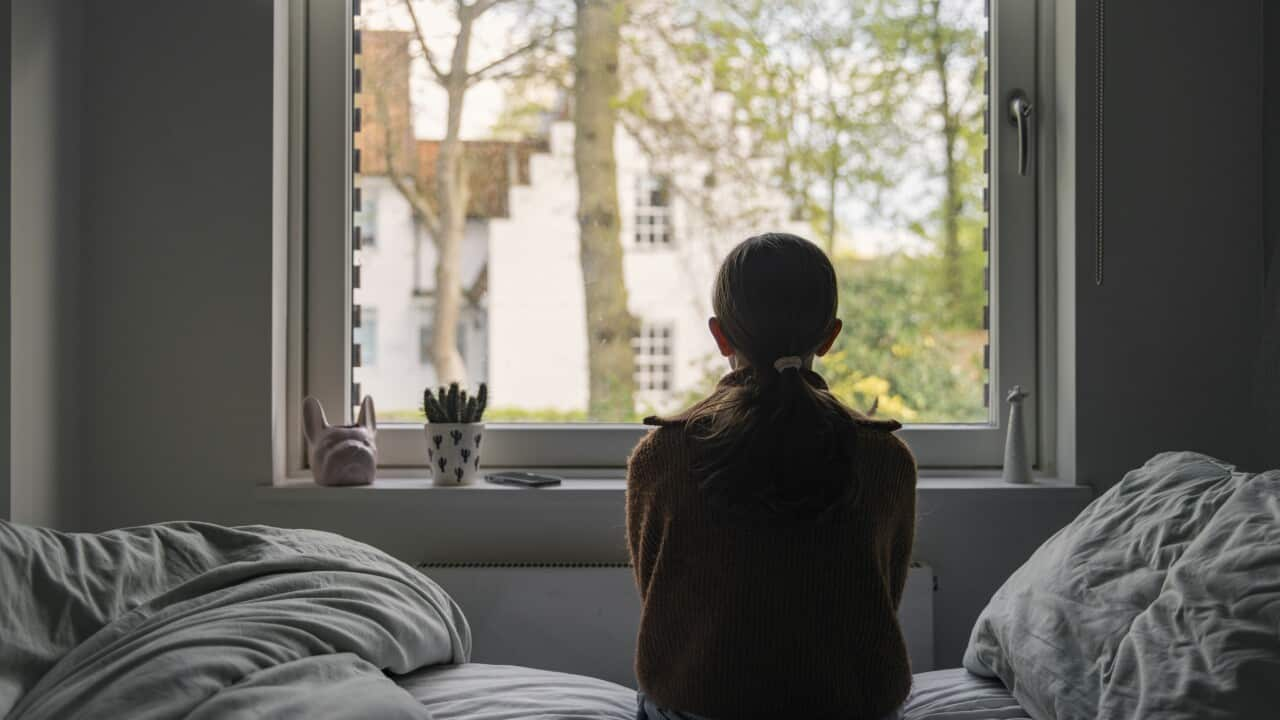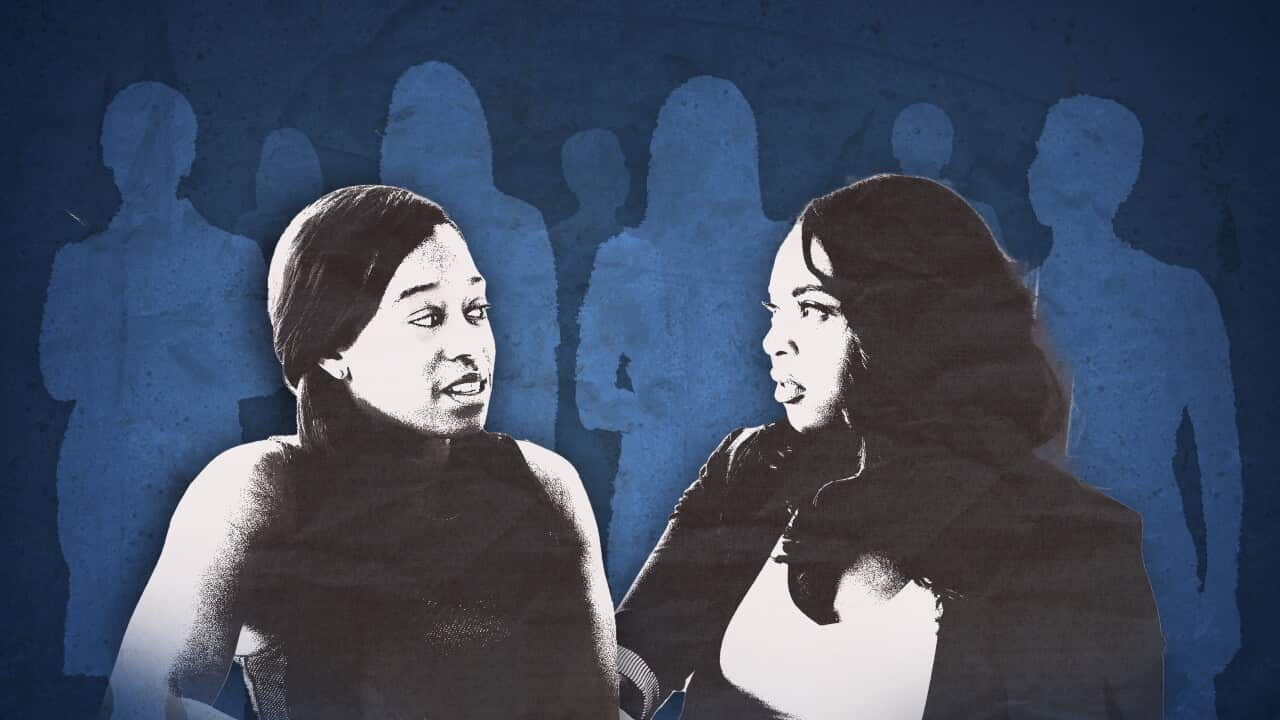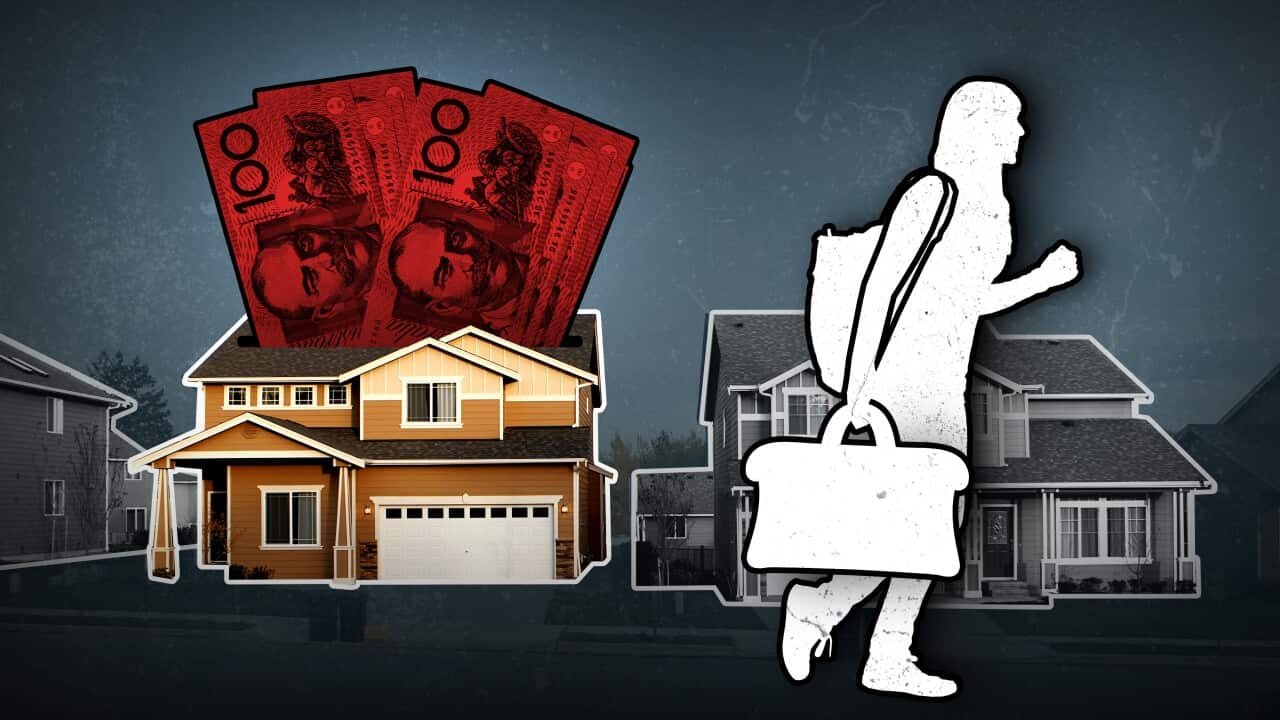This article contains references to domestic violence and child abuse.
A new report has uncovered an alarming link between and filicide, the act of a parent killing their child.
Filicide is the second most common type of domestic homicide in Australia, after intimate partner homicide.
The research, conducted by Australia's National Research Organisation for Women's Safety (ANROWS) and the Australian Domestic and Family Violence Death Review Network examined 113 cases of filicide from 2010-2018.
Of these cases, 76 per cent had an identifiable history of domestic and family violence.
Tessa Boyd-Caine, CEO of ANROWS, said the research exposed a deep connection between violence against women and violence against children.
"We need urgent, concerted action to ensure every child is safe within the confines of their own home. Otherwise, we are failing those most in need of protection," she said.
The researchers also found that among the cases that involved family and domestic violence, 78 per cent involved child abuse before the murder was committed.
Who are the perpetrators of these crimes?
Of the cases involving family and domestic violence, a history of intimate partner violence was found in nine out of 10 cases, with men being the primary perpetrators in most cases.
Men also comprised around two-thirds of the parents who killed their children.
The study found that, when men killed their children, it often followed a history of perpetrating intimate partner violence.
And when women killed their children, often they had experienced intimate partner violence.
How common is filicide in Australia?
Boyd-Caine notes that, while the killing of a child by a parent is "incomprehensible to most", it occurs in Australia with "alarming frequency".
In May, a two-year-old boy was killed in Lismore by his father in a murder-suicide. The boy's mother had taken out an apprehended domestic violence order against the father in July last year.
It was just one of several high-profile cases in recent times.
A disproportionate percentage of these killings involved First Nations families, ANROWS has found.
Of the cases of filicide that involved a history of family and domestic violence, 26 per cent of children killed were Aboriginal and/or Torres Strait Islander, while this demographic accounts for only 6 per cent of the child population, ANROWS has reported.
The organisation says the numbers highlight the "ongoing harm of colonial dispossession, structural violence, and a lack of culturally appropriate support services".
Government responses to family violence
While there has been a broad government response to family and domestic violence in recent years, including a $925.2 million commitment from the federal government over five years to provide support for victim-survivors leaving relationships, the safety of children caught in these situations is less commonly discussed.
Emma Buxton-Namisnyk, a lecturer in the School of Law, Society and Criminology at the University of New South Wales, pointed out that intimate partner violence is not traditionally seen as a risk to children, and instead is seen as a feature of child protection notifications.
"For example, in New South Wales with the Department of Communities and Justice, while children are reported to child protection systems, the system still lacks a comprehensive, cohesive response to children and young people who are exposed to or directly experiencing domestic and family violence between their parents," she explained.
Services for children experiencing family and domestic violence
Buxton-Namisnyk says that, while there are some online and phone services to assist children and young people who are experiencing domestic and family violence, there is still "a real deficit" in their availability.
For Aboriginal and Torres Strait Islander children, services like 13YARN — which is operated by Aboriginal and Torres Strait Islander people — offer an understanding of the dynamics and complexities of Indigenous families.
Marjorie Anderson, national manager at 13YARN, said non-Indigenous crisis lines often require Indigenous people to "educate" workers before callers can receive help.
When it comes to family and domestic violence shelters and refuges, Delia Donovan, CEO of Domestic Violence NSW, says that these frontline services need more workers that specialise in serving the needs of children.
"Children need play therapy, they need art therapy, they need their own tailored response about things they'll be experiencing, like shame," Donovan said.
In May, the NSW government committed $48 million to secure and increase funding for workers who support children in refuges but Donovan says there needs to be broader commitments because a lot of refuges still can't provide these support systems.
Donovan also notes that children's experiences need to be heard in the management of family and domestic violence cases.
"I know certainly in serious case review, often children aren't even asked how they are. So, we've got to get to the point where we're actually listening to their voices and listening to their needs," she said.
If you or someone you know is impacted by family and domestic violence, call 1800RESPECT on 1800 737 732 or visit . In an emergency, call 000.
The Men's Referral Service provides advice for men on domestic violence and can be contacted on 1300 766 491.











